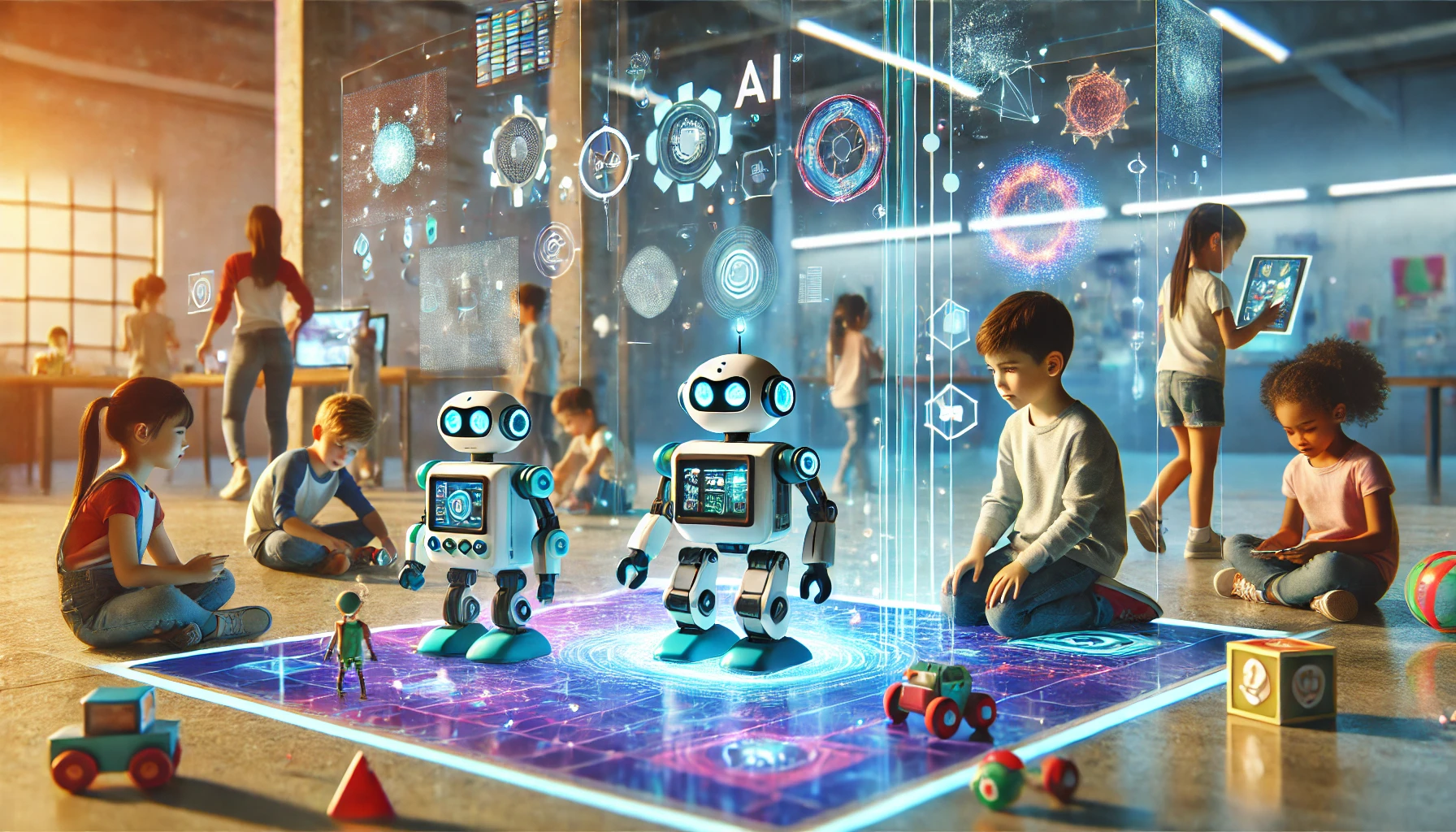Learning Through Play: How EdTech Startups Are Using Toys and Interactive Objects to Teach STEM

Introduction: The Fusion of Fun and STEM
In a world where technology is rapidly changing how we learn, a new trend is emerging that marries play with education: tech-enabled toys that teach STEM (Science, Technology, Engineering, and Mathematics). From AI-powered robots to interactive coding games, these toys aren't just for fun—they’re powerful tools that engage kids in hands-on learning. But how are EdTech startups leading this charge? And what makes these learning tools both engaging and effective? Let’s explore how toys are revolutionizing STEM education, making complex concepts accessible to young minds, while staying on the cutting edge of technology.
Bridging Physical and Digital Worlds: The Rise of EdTech Toys
Toys have always been an integral part of childhood, but now, they are evolving beyond traditional building blocks and action figures. With the integration of technology, these toys have become gateways to complex subjects like coding, physics, and engineering. Companies like Osmo and Sphero are at the forefront of this movement, blending the tactile experience of physical objects with digital interfaces. For example, Sphero’s robotic balls teach coding through play, allowing kids to program their movements using an app. This seamless interaction between the physical and digital worlds fosters an immersive learning experience that encourages creativity and problem-solving.
The Science Behind Play: Why Toys Are Effective STEM Tools
The effectiveness of learning through play is backed by research. Studies show that when children are engaged in hands-on activities, they retain information better. Toys like LEGO’s robotics kits or Kano’s DIY computer-building sets offer a perfect balance of entertainment and education, tapping into the natural curiosity of kids. These products use a concept known as 'constructivist learning,' where learners build knowledge through active engagement. By allowing children to experiment, make mistakes, and solve problems in real-time, these toys help develop critical thinking and analytical skills—key components of STEM education.
AI and Gamification: Enhancing STEM Learning with Cutting-Edge Tech
AI and gamification are two powerful trends shaping the future of EdTech toys. AI-powered systems adapt to a child’s learning style, offering personalized challenges that grow in difficulty as the child’s skills improve. Products like the Cubetto robot, which teaches children how to code without screens, use AI to provide feedback and adapt the learning path to each user’s pace. Gamification, meanwhile, transforms learning into a game-like experience, rewarding progress with points, levels, and badges. This approach not only keeps children engaged but also motivates them to continue learning by making complex subjects fun and accessible.
Data-Driven Play: The Impact of Interactive Toys on Learning Outcomes
Recent data supports the growing success of tech-enabled toys in education. A 2023 report by the EdTech Research Group found that 68% of teachers reported improved student engagement when using interactive toys in the classroom. Moreover, the same study highlighted a 45% increase in STEM-related knowledge retention among students who used these tools. This data-driven approach is key for startups in the EdTech space, as they continually iterate on their products based on user feedback and performance metrics. These findings are reshaping how we think about traditional education methods, positioning toys as serious learning tools rather than mere entertainment.
Startups Leading the Charge: Innovators in STEM Toy Development
Several EdTech startups are revolutionizing STEM education through toys. Companies like LittleBits, which creates electronic building blocks, allow children to design and invent their own gadgets. Turing Tumble, another startup, offers a marble-powered computer that teaches logic and coding. These companies are not only pushing the boundaries of what toys can do but also making STEM education more inclusive. By designing products that appeal to diverse interests, including art and music alongside technology, they’re breaking down stereotypes and encouraging all children—especially underrepresented groups like girls and minorities—to explore STEM fields.
Looking Ahead: The Future of Learning Through Play
As technology advances, the potential for toys in education will continue to grow. Augmented reality (AR) and virtual reality (VR) are poised to take interactive learning to the next level, offering immersive experiences that could simulate everything from space exploration to microscopic biology. Imagine children learning about the solar system by 'walking' on Mars or studying cells by interacting with them in a virtual lab. Startups are already experimenting with these technologies, creating prototypes that could soon make their way into classrooms and homes. With AI, robotics, and AR/VR at the helm, the future of learning through play is boundless.
Conclusion: How Will Tech-Enabled Toys Shape the Next Generation?
The intersection of play and education is proving to be a game-changer for STEM learning. As EdTech startups continue to innovate, toys will play an increasingly important role in making complex subjects like coding, robotics, and engineering accessible to children around the world. By merging fun with learning, these products are not only shaping the next generation of STEM professionals but also redefining how we think about education. What’s your take? How do you see tech-enabled toys influencing future learning? Join the conversation and share your thoughts!



